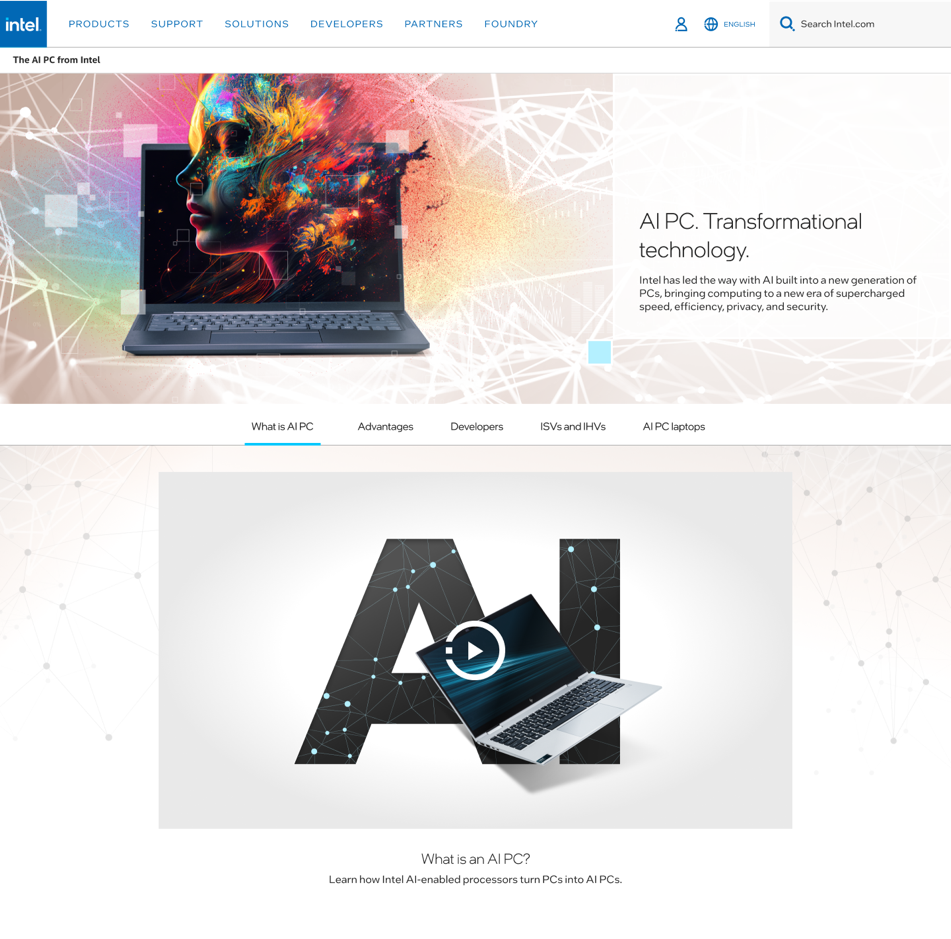
A successful design is more than usability, we need our designs to be desirable and satisfying while promoting the brand’s core values. Design is about communicating between a company and its customers appropriately, not just finishing tasks.


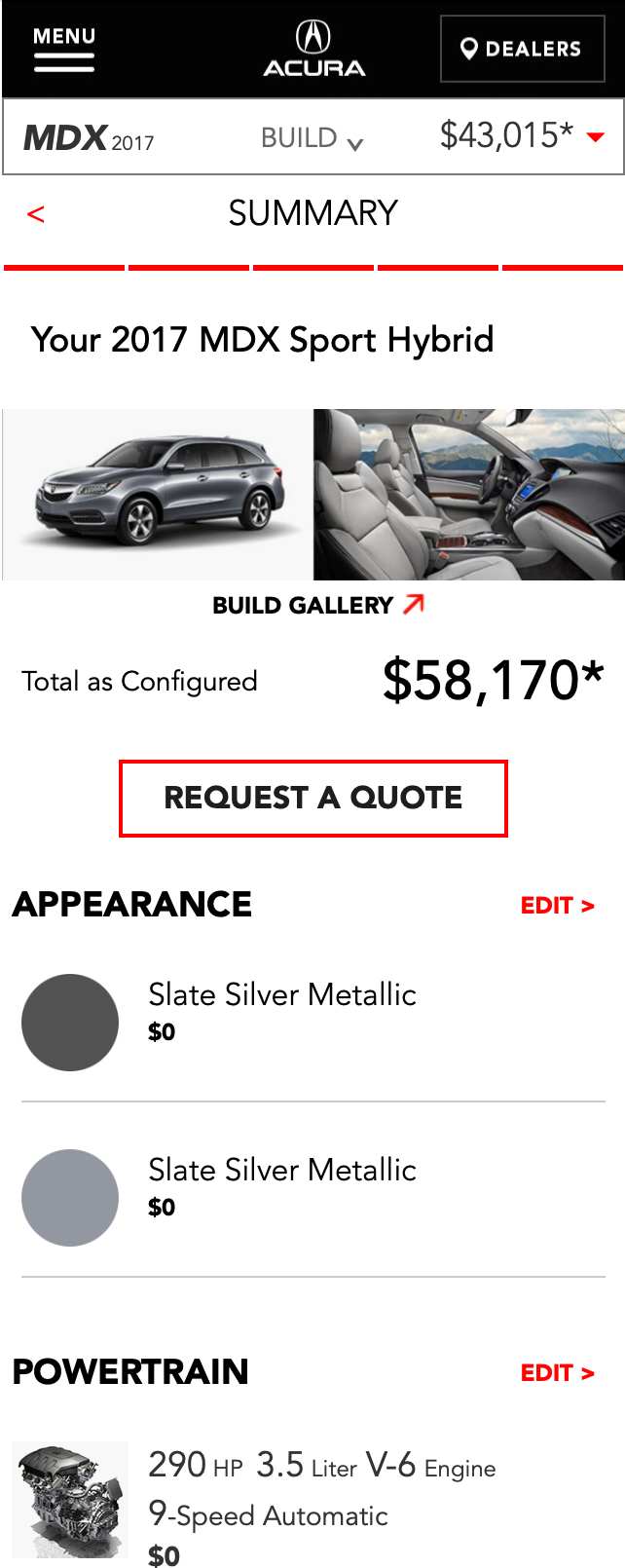
No matter how much experience design teams have, creating prototypes that you can test logic, flow, and the feel of animations helps teams figure out what does and does not work before costly development.
https://uasqof.axshare.com/?id=qdknt5&p=01_appearance&view=default&c=1
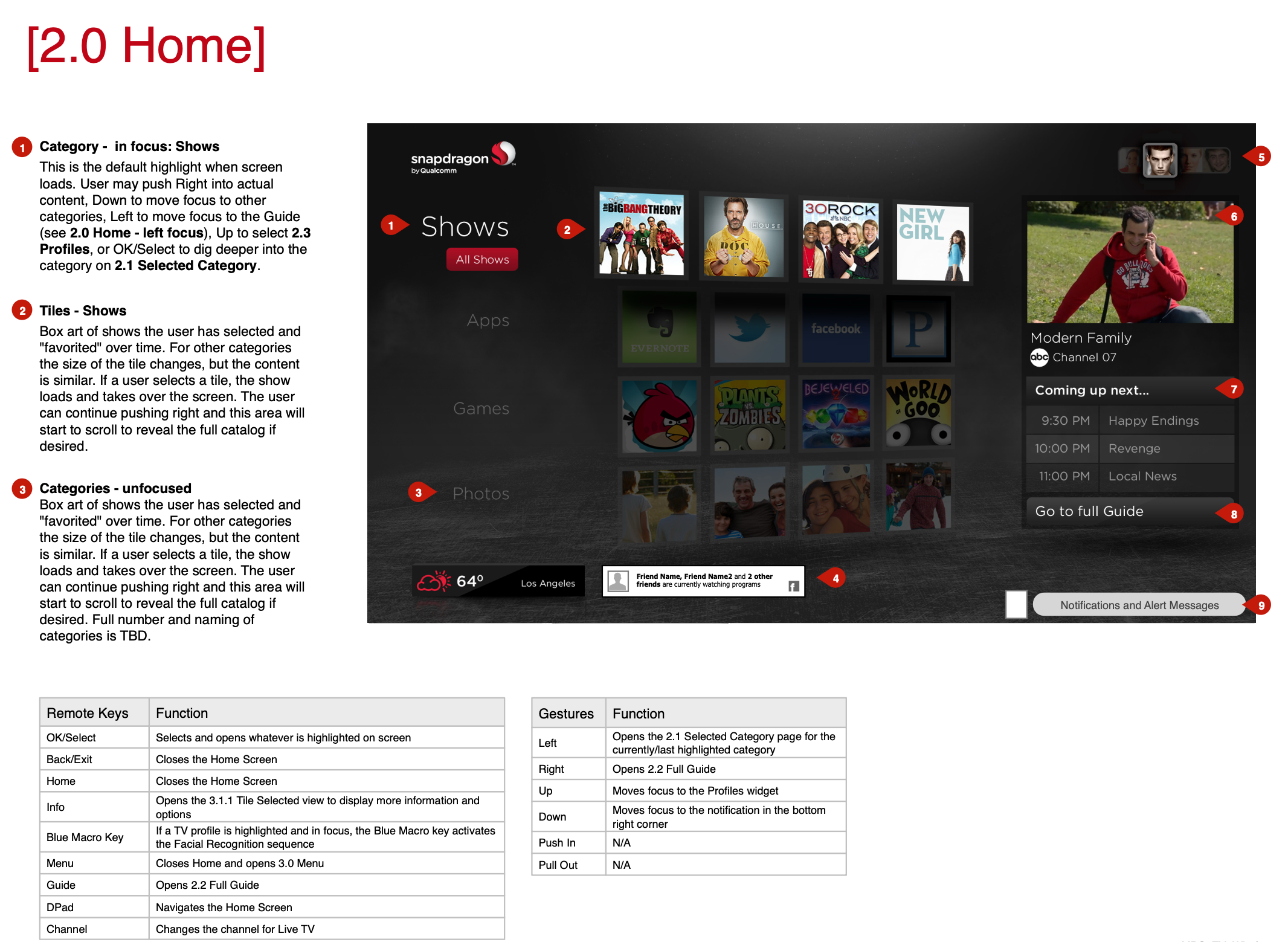
Throughout the design process we need to be working hand-in-hand with the development teams and product team members to write clear specifications that make sure the design will be executed as intended while also meeting the business rules and development capabilities.

Often overlooked, human cognition plays a huge role in whether a design is successful or not. Understanding how humans perceive and process information can make designs that are easier and more satisfying to use. Fitts’s Law, Hicks’ Law, Power Law of Practice, Rationality Principle and more.

Research gives us the foundation to work from, but the number of possible solutions is infinite. Getting stakeholders together and working through ideas together helps shorten design cycles by forcing everyone to participate and spend time on the problem. Together, we can interate quickly.
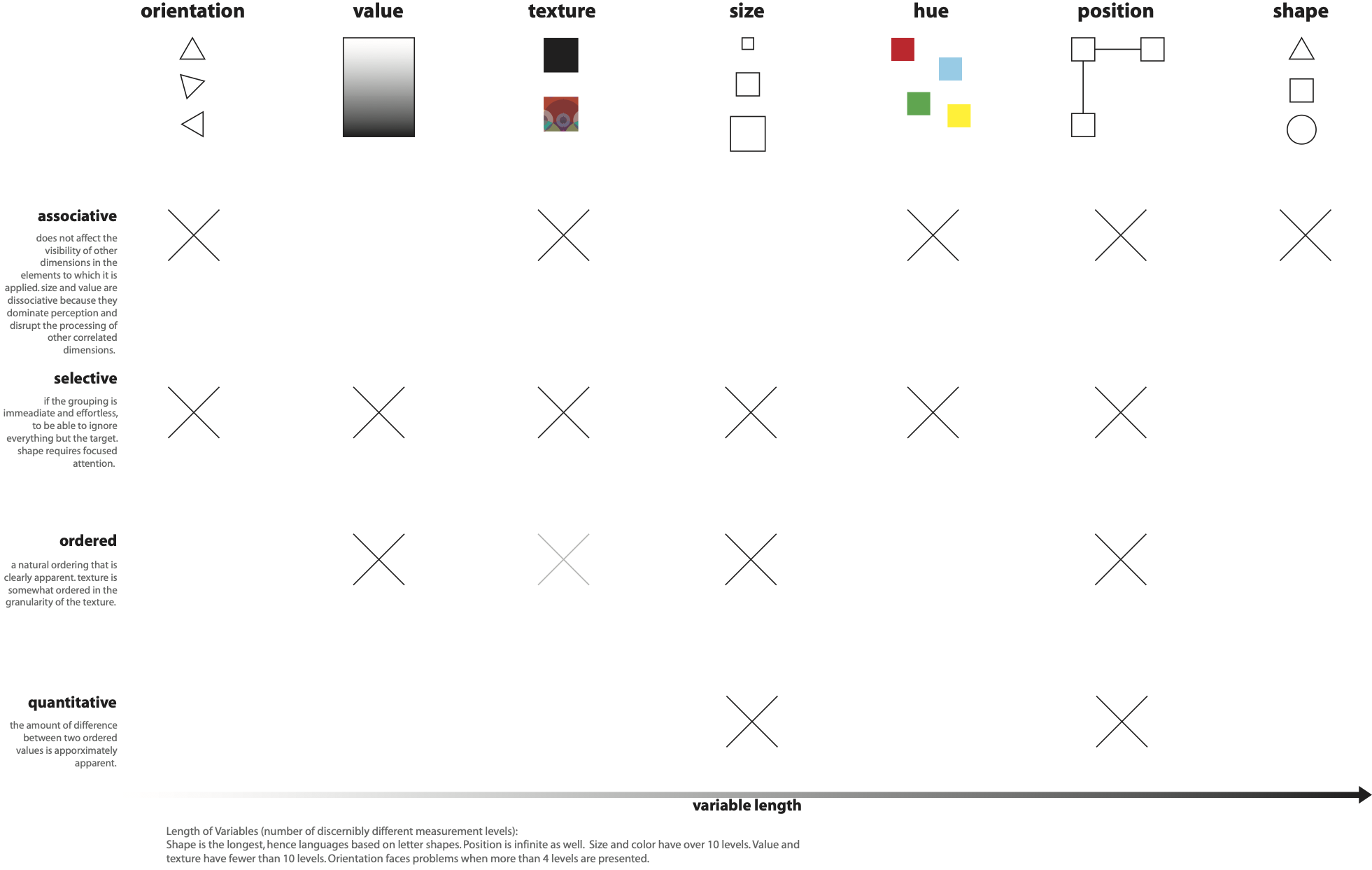
Great design starts with understanding visual design principles. From color theory to Gestalt principles to understanding how human vision works, creating engaging and accessible design starts with these fundamentals.
Design
The advent of new technologies and needs can create new design challenges, but some core design principles will always be at the heart of what we do. Human biology doesn't change as quickly.
- Concept modeling
- Organizational modeling
- Site / application mapping
- Atomic system design
- Use cases and scenarios
- Wireframes and specifications
- Accessibility
- Color theory and typography
- Animation principles
- Cognitive science and usability
- Visual variables and Gestalt principles
- Prototype development
- Responsive design
- Mobile application design
- AI integration and design
- Voice control design
- Ergonomics and HCI
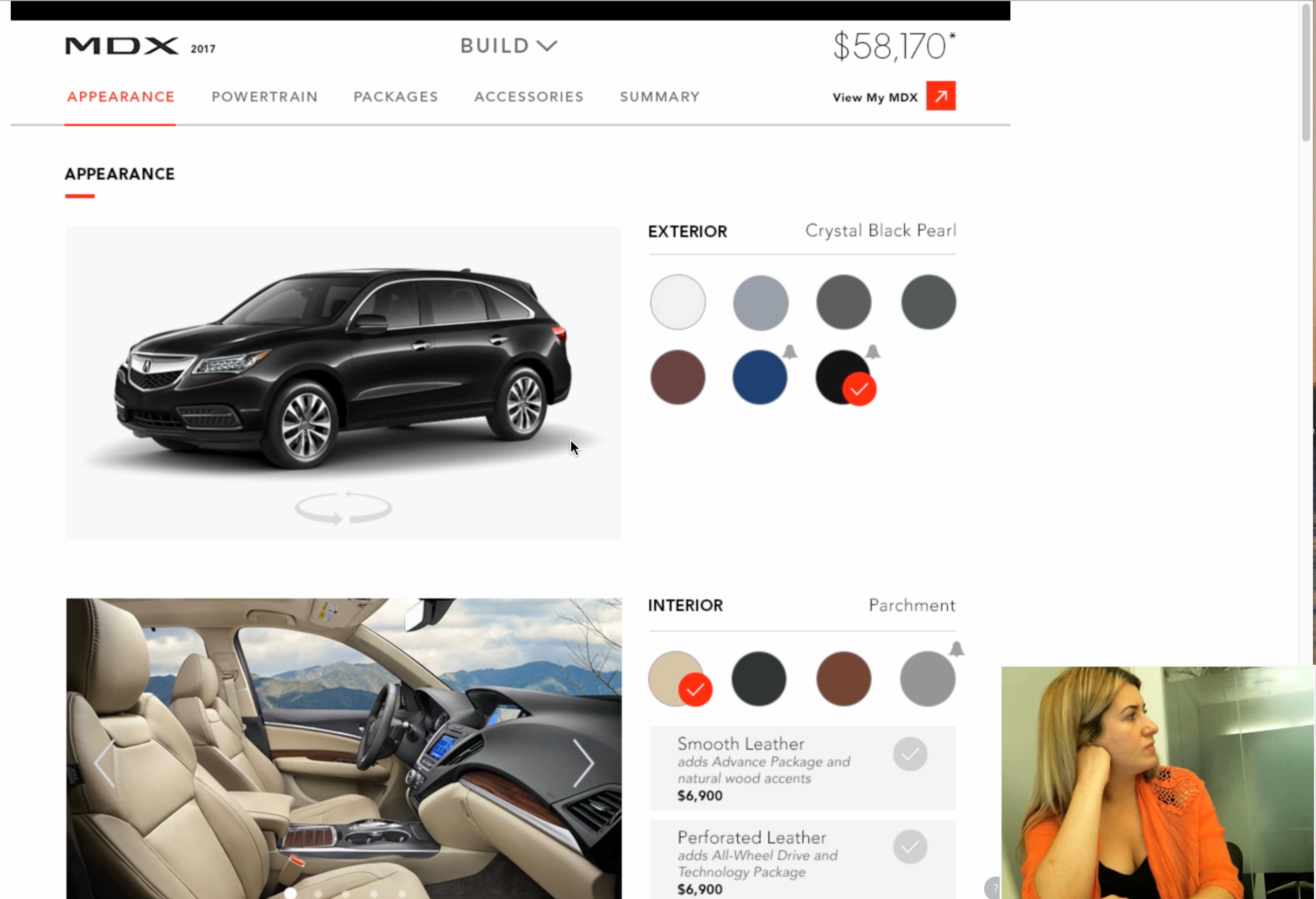
One-on-one user testing of prototypes removes the bias from working on the product directly and helps reveal blindspots while also providing the opportunity to probe for why users are struggling. The recruitment and testing can easily all be done online, reducing costs and increasing the ability to recruit, allowing us to test more users more often for less money.
For testing, you must always start with what you are trying to learn. Otherwise you won’t create the proper test or use the correct method. This diagram from NNGroup frames a variety of research methods into 4 quadrants to make it easier to discuss what each product needs at each stage of development.

What people do
How many & How much
Why & How to fix
What people say
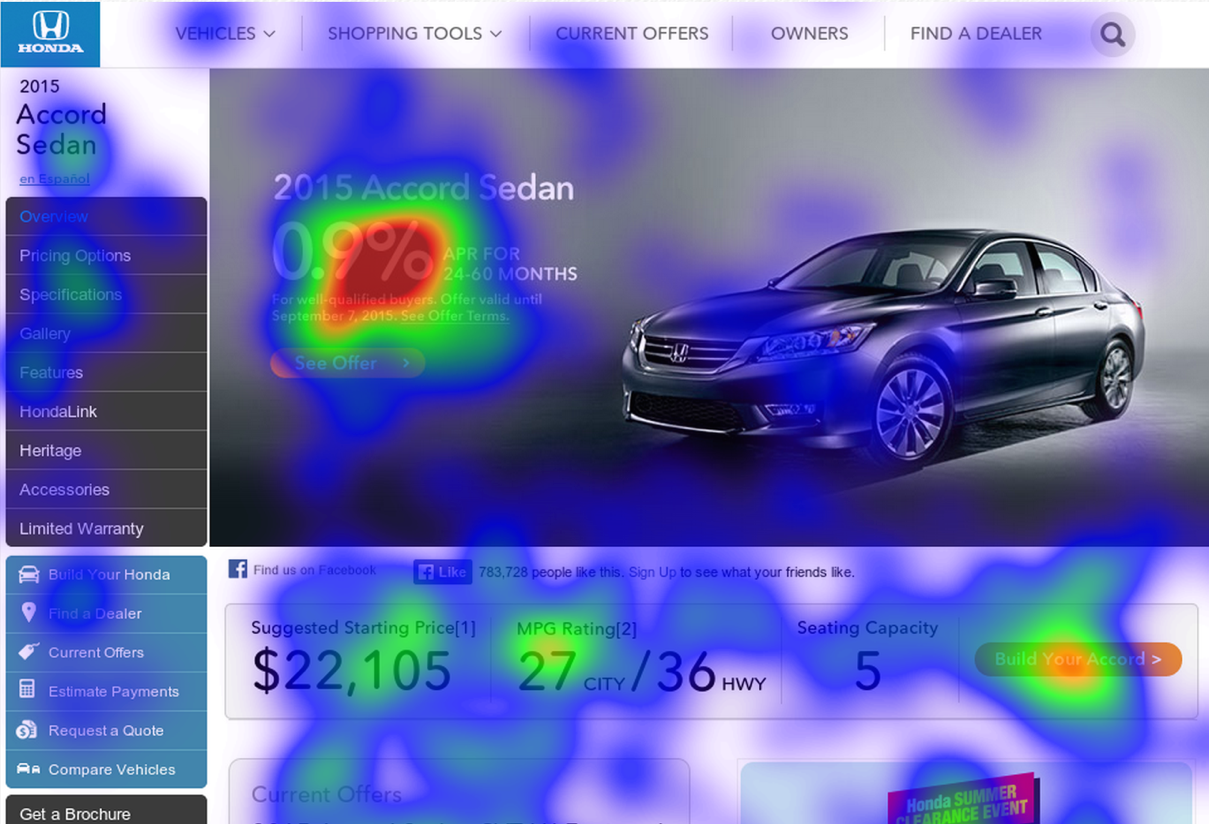
There are a lot of tools that will track cursor and mouse movement for testing, but actually getting data on where users’ eyes are fixating can tell you whether you product imagery is effective and how long users are contemplating any of your copy. It isn’t expensive either, equipment is cheap now and data from coworkers and friends alone is very valuable and free.
Test
The only way to know if a design is successful is to test. No amount of experience can replace it and it always saves time and money by finding problems before you launch and upset customers while also seeing how users react over time once it is live.
- Surveys
- Interview screeners
- Remote usability testing
- One-on-one facilitation
- Focus groups
- Analytics evaluations
- Accessibility evaluations (hearing, vision, motor skills)
- Evaluations for special demographics (elderly, children)
Fortunately research is constantly evolving as well and a lot is shared traditionally via journals and interest groups, but now we also have the power of tools like ChatGPT using Scholar GPT to synthesize immense amounts of research into usable summaries.

Data and research is only valuable if we can derive insights to guide our design process though. Service blueprints and journey maps help us find key touchpoints and opportunities for better experiences or even new products.
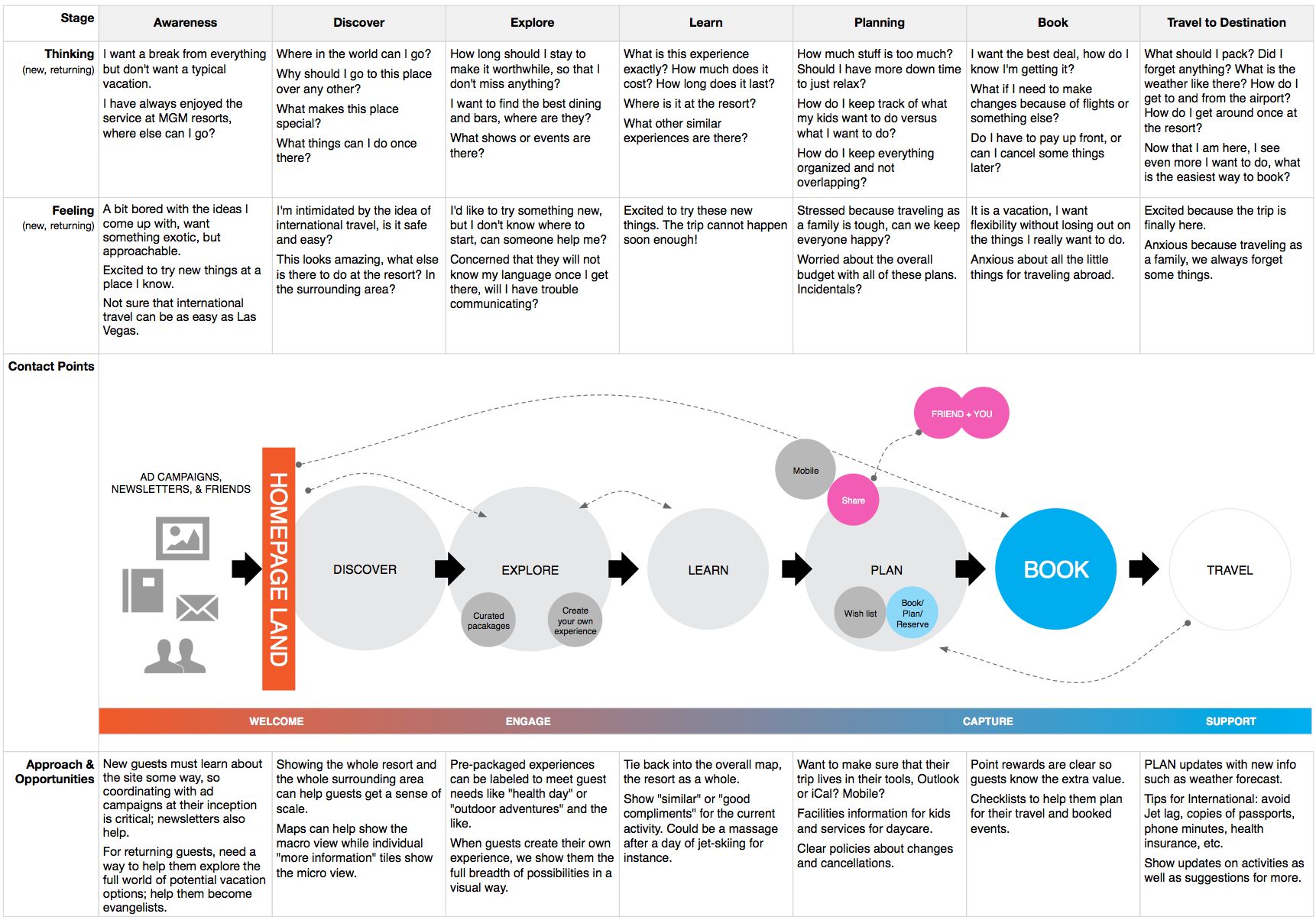
User research is critical because no two problems are the same. Products have different markets, different regions of people have different needs and vernacular, and the world never stays static. Markets are constantly changing and evolving due to invention and growth. What you know about your customers is already outdated so research helps you adapt and grow as well hopefully predict new obstacles.

Research
Research provides the foundation upon which all design is made. It is critical to clearly identify all requirements, goals, and users of a system to make sure you are building in the right direction from the beginning.
- User interviews
- Focus groups, surveys
- Card sorting
- Strategy mapping
- User journey maps
- Taxonomy development
- Stakeholder interviews
- Service blueprints
- Current product analysis
- Business requirements and prioritization
- User personas
- Existing research
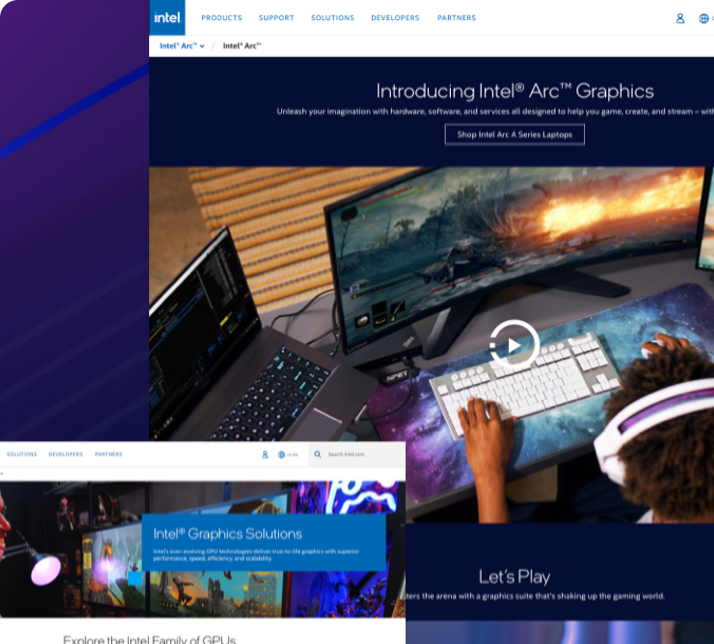
Intel needed to consolidate their fragmented digital ecosystem to improve product discovery and developer experience. Led product strategy to redesign Intel.com's architecture including unified developer tools platform, B2B showcase, AI-powered search with personalization, and brand identity transformation, serving 10M+ monthly users across technical and business audiences.
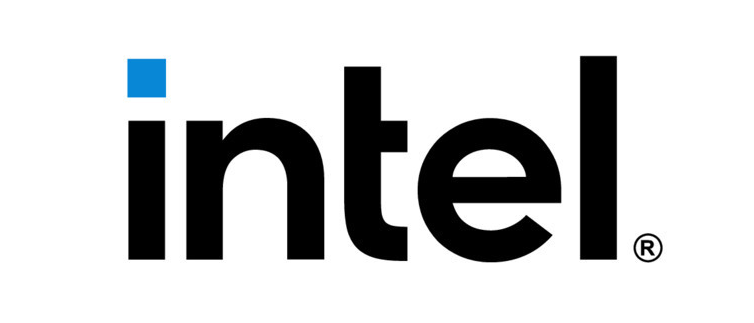
View
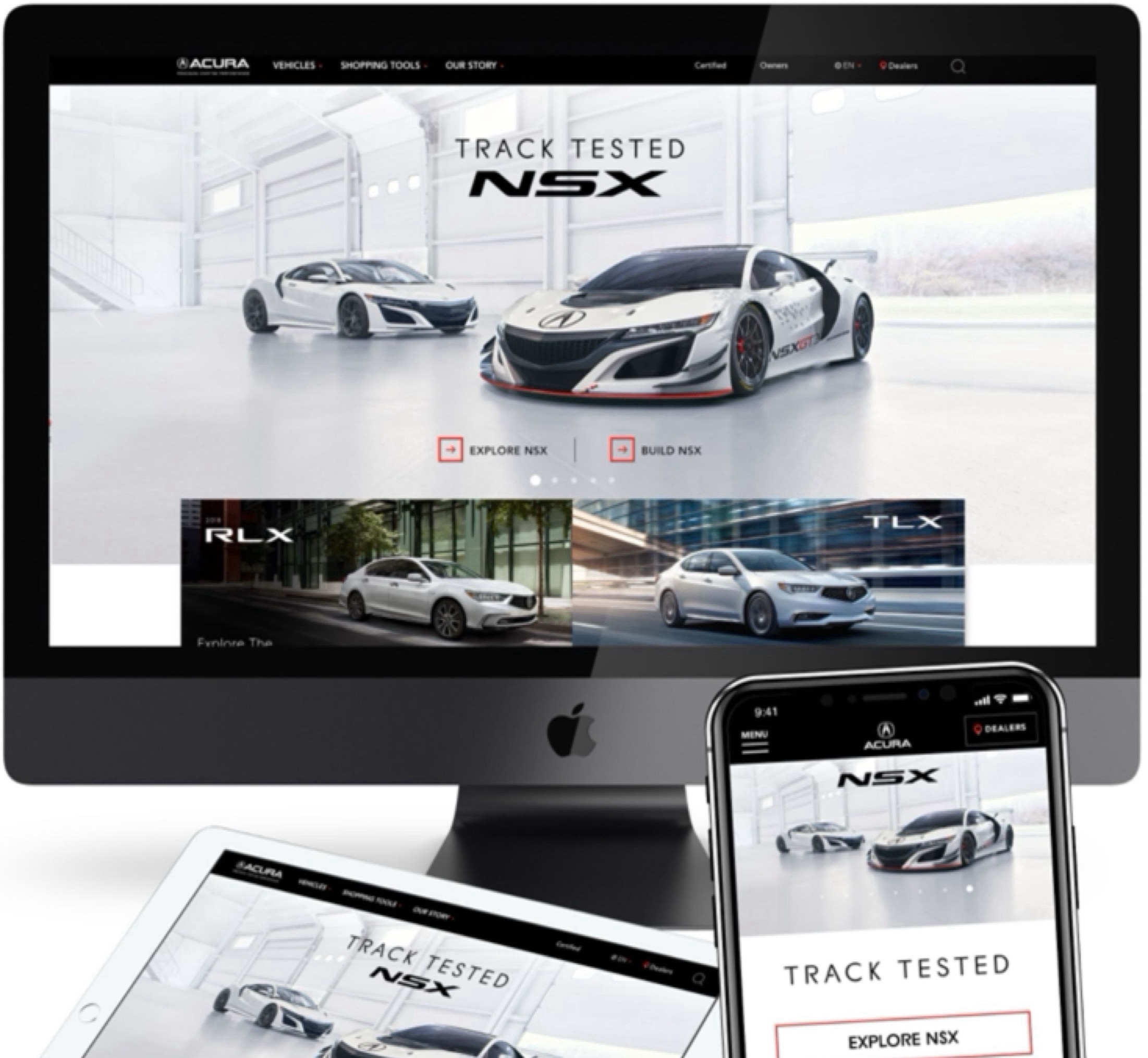
Acura needed to transform their digital product strategy alongside the NSX supercar launch, requiring complete redesign of their product configuration platform and customer journey. Led product design strategy that elevated Acura to #8 in JD Power rankings (12-spot jump), generated $50+ million in qualified sales leads, and delivered Best-in-Class Build and Price tool recognition.

View
Disney needed to modernize their digital platform architecture and migrate from Flash to create a scalable content management system. Led product design strategy to unify Disney.com's fragmented properties, creating cross-promotional ecosystem that leveraged major franchises to amplify smaller business units and optimize content discovery across their entire product portfolio.
View
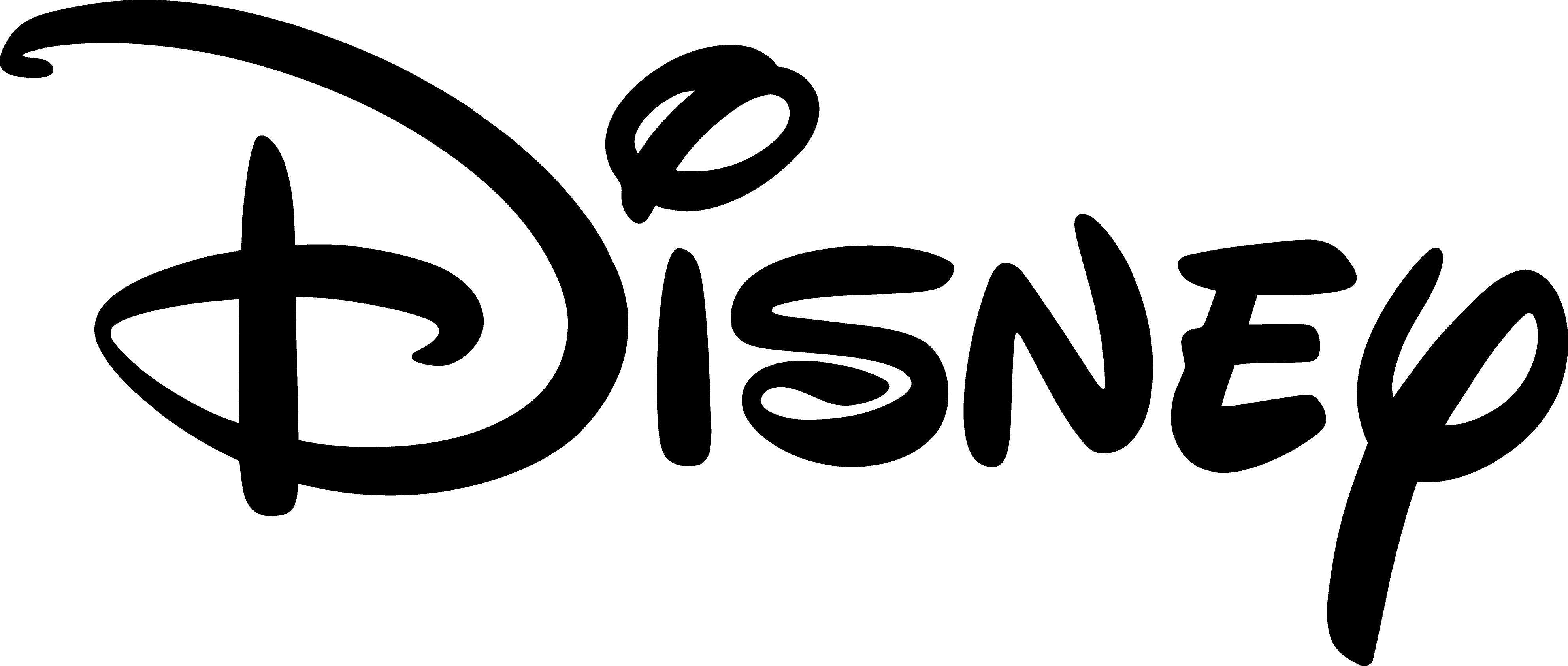
Harpo Productions needed to transform Oprah.com from a single-show platform into a multi-business digital ecosystem as the show concluded. Led product strategy and information architecture redesign to unify multiple business units and content verticals, creating scalable platform foundation that could support diverse content streams and business models beyond the original show format.
View

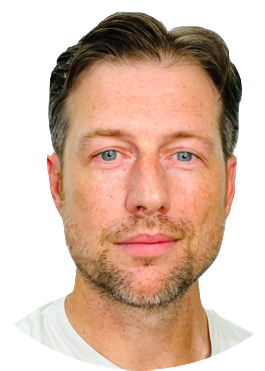
I have over 20 years experience leading teams to create products that transform how businesses connect with their users. I am a teacher at heart, love helping teammates grow, attack problems strategically, leverage my Computer Science degree to bridge design and development teams, and become an expert on my clients’ businesses.
Multi-platform Product Strategy & User Experience Design
Design Systems, Information Architecture, & Atomic Design
Usability Testing & User Research
Cross-Functional Team Leadership & Agile Methodology
AI Integration & Emerging Technology
Advanced Prototyping (Figma, Axure, functional demos)
Accessibility & Inclusive Product Design
Hello! I am Mark Sloan
I make complex problems, simple.
20+ years
UX Design, Strategy, Research
4 years
UCLA Extension Instructor
Computer Science
B.A. Columbia University
VIZIO was expanding beyond TVs to create a unified product ecosystem using Android as the foundation. Led cross-platform product design for TV, tablet, and mobile devices, creating cohesive design system and custom applications including launcher, remote control, camera, and out-of-box experience while working with emerging Google TV APIs to define interaction capabilities.

View
In every conversation, Mark finds a way to ensure peoples opinions are heard, validated or actioned. He asks clarifying questions and builds trust easily with our more junior team members and clients.
He also anticipates hurdles with other agencies or partners, and pivots or provides guidance appropriately, which is much appreciated. It is clear how much our client respects Mark's authority & guidance.
Mark solicits input from all members of the team and also ‘leans back’ when someone else is running well with the ball.
He offers ideas subtly to help guide the thinking of more junior colleagues, allowing them to learn by exploring avenues on their own. He is looked to and trusted to lead, and he does so with admirable skill, kindness, and recognition of the value his teammates bring to the work together.
Clients have remarked, ‘Mark, I really appreciate how well you understand our products and business,’
admitting his knowledge is often better than their own. This reflects the very high standard to which Mark holds himself and the work, and has been invaluable on an account with many, many business units and political complexities.
Mind Blowing Award - Most Likely To Have Creative Ideas
2017 Year End Awards
Zombie Award - Most Likely To Survive the Zombie Apocalypse
2018 Year End Awards
Recognition from Teammates
Case Studies
I have led teams building products for some of the most powerful brands in the world, with impactful results. Whatever the industry, I become an expert on my client’s business to ensure I can lead teams effectively, be confident in our solutions, and communicate effectively with leadership.

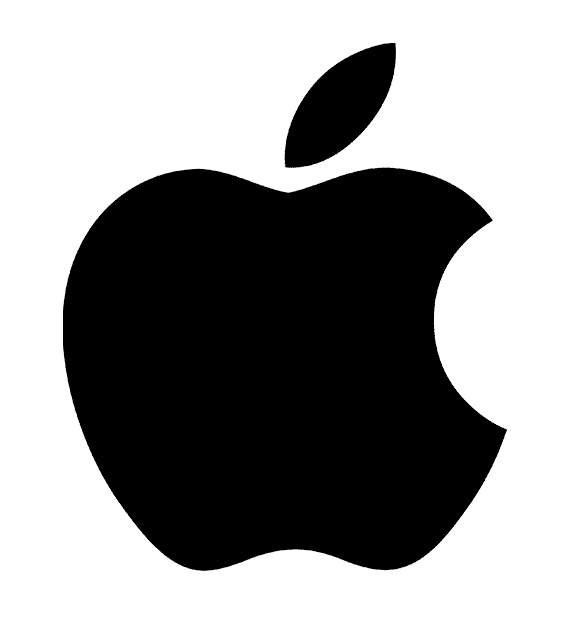



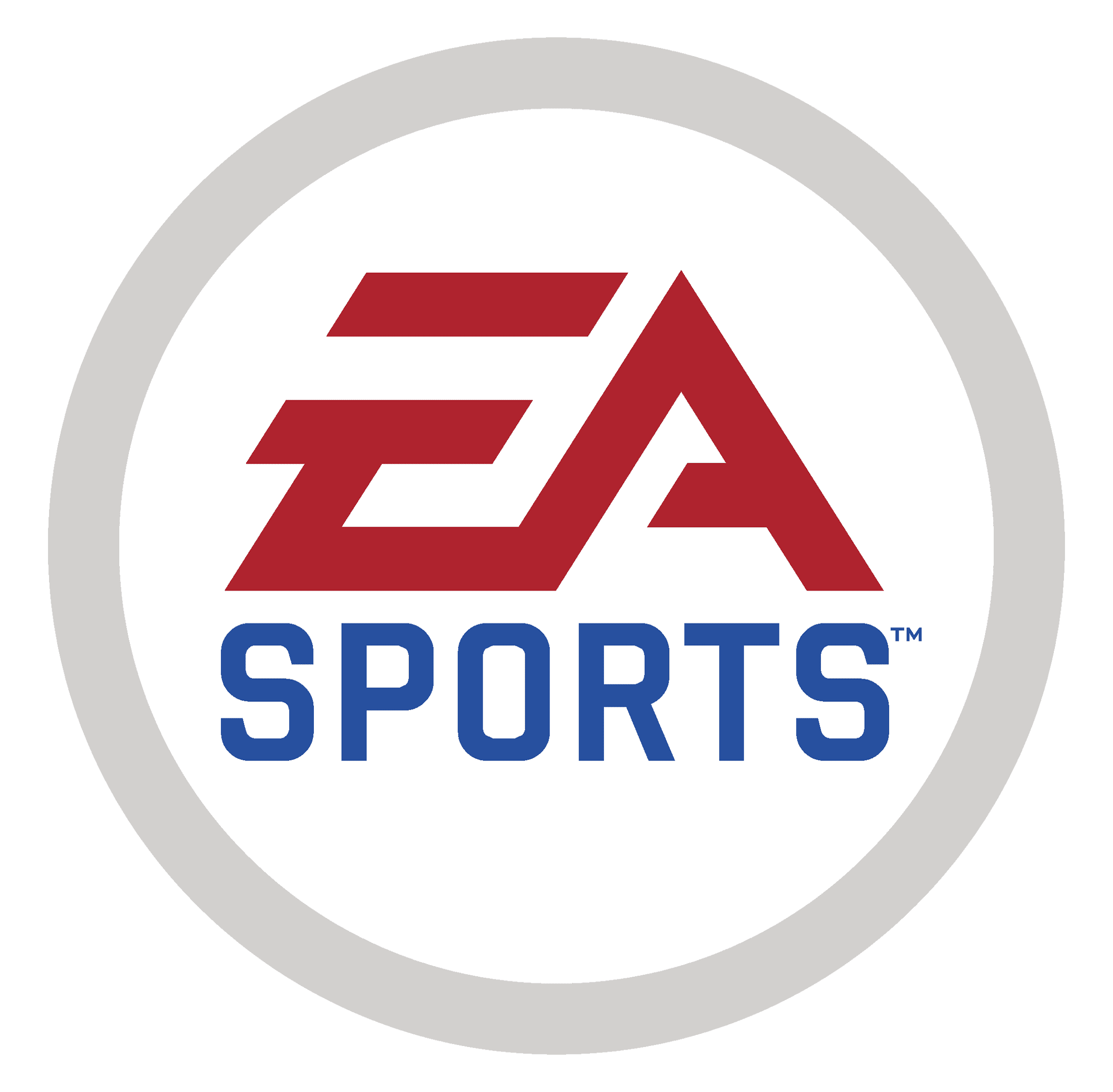



Clients and Industries
Skills and Process
I believe effective product design comes from asking the right questions at the right time, augmenting any methodology. My approach centers on the 5 Ws and scientific method - forming hypotheses, testing assumptions, and iterating based on evidence. I scale research and testing cycles to match project needs and constraints, ensuring we gather the right information to make informed design decisions. I've organized my approach into Research, Design, and Test sections below to show how I tackle product challenges of any size or complexity.
Who
What
Where
Why
When
Research
Wireframes & Comps
Design
Test
Prototype & Live
MARK SLOAN PORTFOLIO
Experience Design, Product Strategy, Research
Dell needed to transform their product positioning from low-cost commodity computers to premium, design-focused products targeting higher margins. Led product strategy to redesign Dell.com's consumer and SMB experiences, creating new product discovery and configuration flows that aligned with their premium brand evolution through comprehensive user research and high-fidelity prototype testing.
View

I have led teams building products for some of the most powerful brands in the world, with impactful results. Whatever the industry, I become an expert on my client’s business to ensure I can lead teams effectively, be confident in our solutions, and communicate effectively with leadership.
Experience Creating Experiences
Contact Me
This is just a small set of examples I have put together to show the type of work I’ve done. I’d love to chat about your organizations’ needs and see if we are a match.





